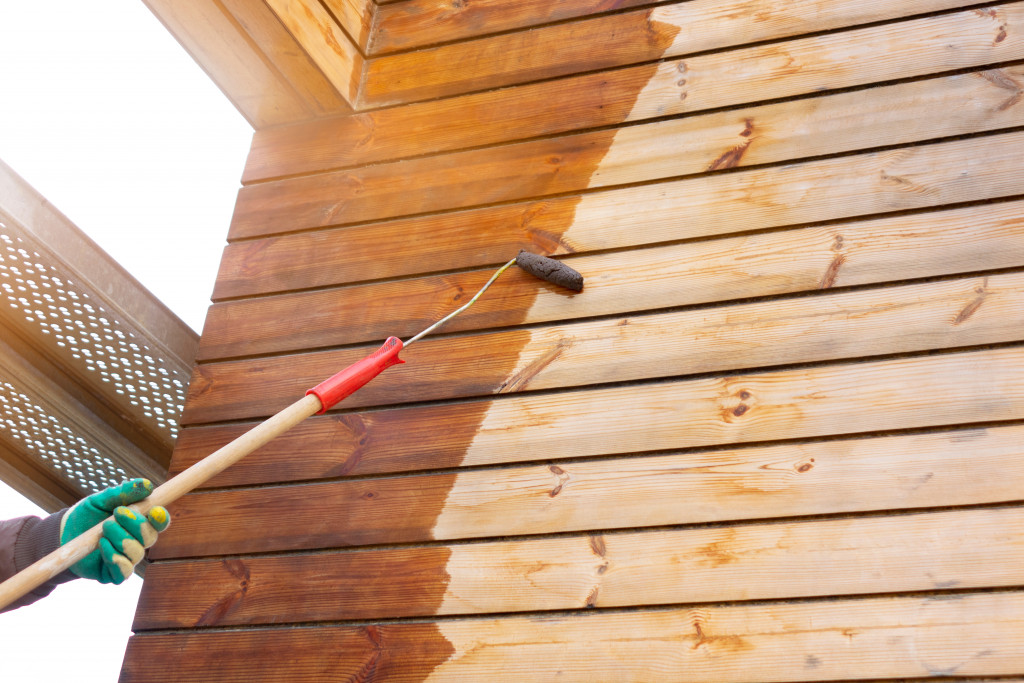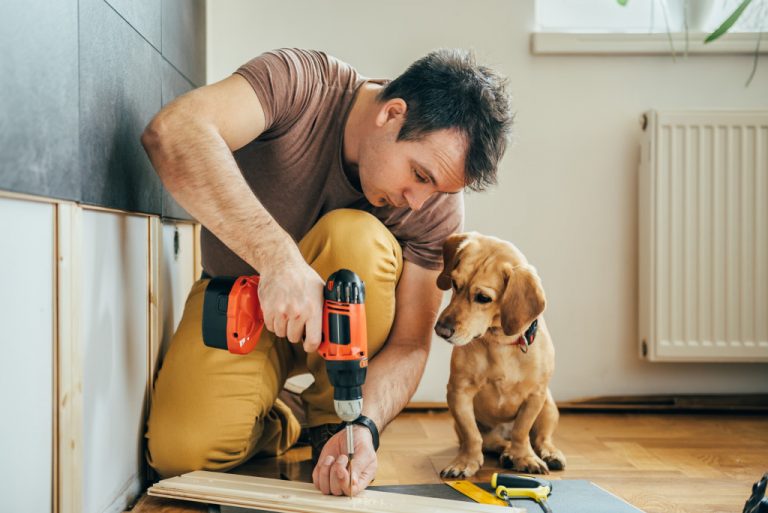Plywood is a readily available, versatile building material widely used in residential and commercial construction projects. It is readily available, affordable, and easy to install. Plywood is made up of layers of veneer that are adjoined together. This is why it will disintegrate if exposed to moisture and water.
Plywood can be used for both indoor and outdoor work. The problem with Plywood is that it is not waterproofed like other materials, such as plastic, which can cause it to be subject to rotting and splitting. That’s why it’s important to waterproof it. It can be reliably used for outdoor projects, and you have to ensure that you know how to waterproof it. When using Plywood, you need to know where and how the Plywood will be used. This will be a good guide in considering what the appropriate coating is and will be reliable and durable.
Waterproofing plywood is a relatively simple process that you can do, and this will save you from expensive repair and replacement costs. Different materials can be used for waterproofing, ranging from waterproof paints, drying oil, liquid latex, and even varnish. By using these methods, you will be prolonging the life of the plywood.
Benefits of waterproofing plywood
Since it is less moisture and water-resistant, plywood will end up having a shorter life span if left untreated. Especially if it is used for outdoor work, it will degrade very fast. To prolong the life of Plywood and avoid expensive repair costs, you need to protect it from moisture and water.
You can also prevent the rotting of your plywood by using the appropriate waterproofing method. Not only does rot look bad on wood, but it also has a foul smell and, with time, your wood begins to get weak. Having a proper sealant on your plywood will also prevent dry rotting. Dry rotting is caused by microfungi which are not easily seen, and you notice when it is a little too late, and the damage is done.
Plywood will quickly warp when exposed to repeated moisture and heat. This will cause the sheets to bend and give a rather bad look on your floor, deck, or siding. For a lasting solution, consider waterproof coating for a plywood deck or floor. You will prevent the splitting of your plywood as well. Splitting ruins your untreated plywood completely. Waterproofing needs to be done before installing the plywood.
Water Proofing Methods

- Epoxy sealant — One of the popular ways to seal Plywood is the use of an epoxy sealant. Epoxy can be found in paint or spray form. The advantage of epoxy is that it makes the Plywood even stronger and makes it waterproof. Epoxy forms a hard layer on the outer side of Plywood that is resistant to water, scratches, and dents. The epoxy sealant soaks into the plywood surface, and it is clear, retaining the natural color of the Plywood. You can also paint any color of your choice over dried epoxy.
- Drying Oil — This is a very great and effective way of sealing plywood. Drying oil allows retention of natural moisture and flexibility, making it good for outdoor and marine use. Drying oil is best used in high-moisture and wet environments. It strengthens the Plywood to prevent it from deteriorating as fast rather than completely resisting penetration by water.
- Waterproof Based Paints — Although this is not like other methods, it is just as effective. This method will not peel as easily or crack, but you may notice differences over time. You will have to repeat painting several times to protect your wood. The main advantage of water-based paint is the opportunity to choose the color you want for your aesthetic look.
- Varnish — You can easily coat your Plywood with varnish using a very thin layer that is not noticeable. Varnish is not as thick as an epoxy sealant or as easily noticed as paint. Varnish has an appealing glossy look once it has been applied and dried. It forms a hard coat that is durable and effective. Varnish will resist moisture, salt, and mildew if not submerged or exposed to very harsh conditions.
- Spray Liquid Latex — Liquid latex is used in spray form or by brushing on wood. It is relatively easy to waterproof plywood as you just need to spray it and let it dry. It is difficult to tell if you have applied enough, making it a disadvantageous method of application and not cost-effective for large-scale use. It is expensive as compared to brushed paintwork.
Any material used in building your home needs to be treated properly so you could enjoy the full benefits these materials could give you.





